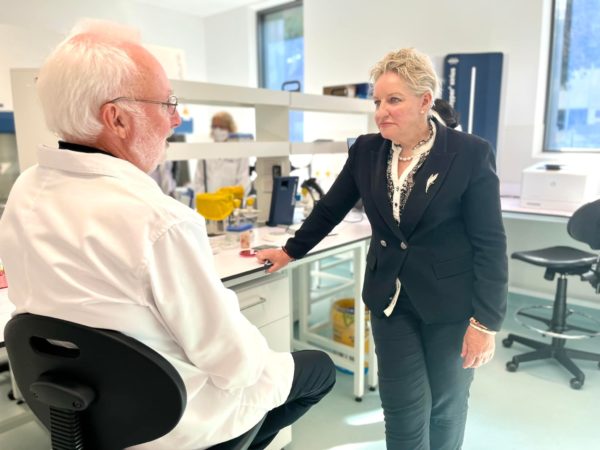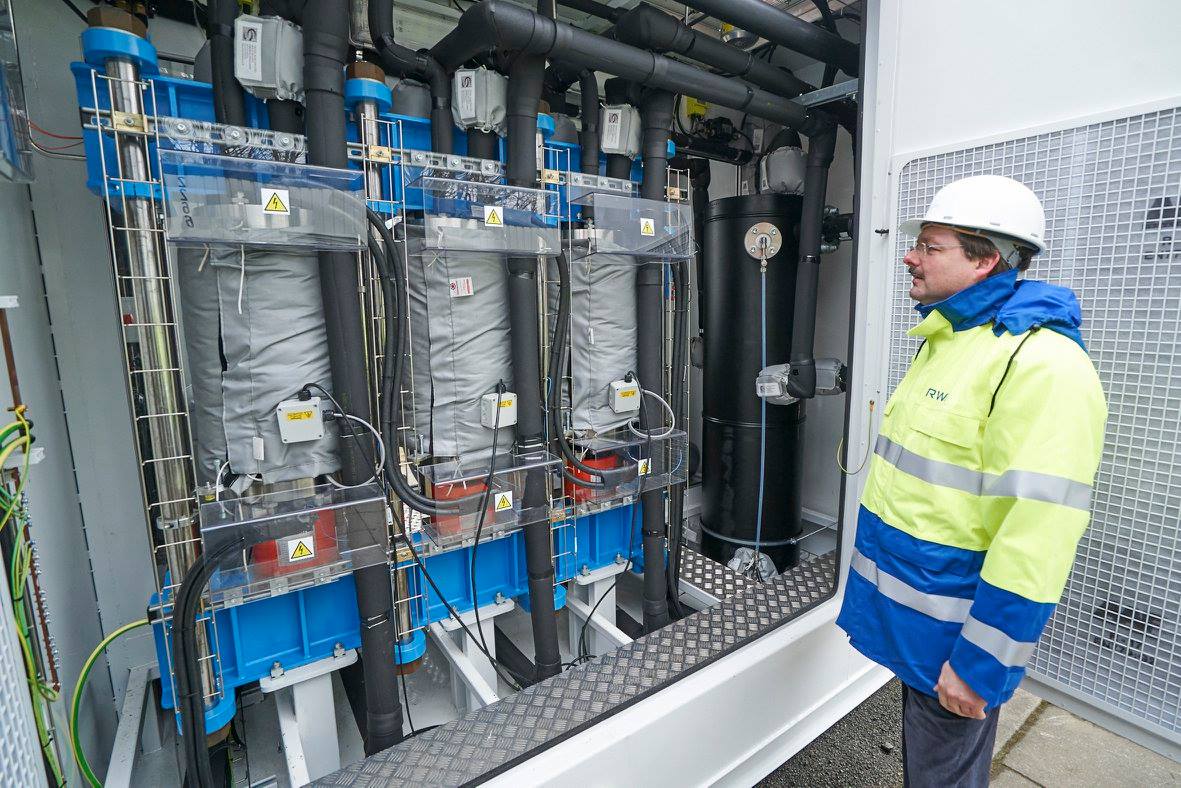The feasibility of manufacturing electrolysers and other components required for large-scale green hydrogen production in Western Australia (WA) will be examined as part of a new $450,000 business case study being co-funded by the state government.
The feasibility study will be undertaken by ITM Power – which operates the world’s largest electrolyser factory in the U.K. with a capacity of 1 GW per annum – and the Australian arm of multinational chemical and construction firm Linde Engineering.
The study will aim to identify the optimal site for a potential electrolyser manufacturing plant as well as the costs involved and whether there is likely to be enough local demand to sustain an upstream renewable hydrogen component manufacturing industry.
Global forecasts project the demand for electrolysers capacity will increase from 0.3 GW today, to close to 850 GW by 2030, and almost 3,600 GW by 2050. In WA, generation capacity is expected to reach as much as 100 GW by the end of the decade.
The state has already attracted a swathe of large-scale green hydrogen developments, including an $87 million project being pursued by ammonia producer Yara and the Australian arm of French renewables giant Engie. The Pilbara facility will use 18 MW of solar PV coupled with an 8 MW/5 MWh lithium-ion battery energy storage system to power a 10 MW electrolyser – which would be eight times the size of the country’s current biggest electrolyser.

Image: Supplied
WA Hydrogen Industry minister Alannah MacTiernan said the feasibility study will allow the state to better position itself in the renewable hydrogen supply chain and is an important step towards the state establishing itself as global hub for hydrogen production.
“Developing WA’s advanced manufacturing capability to produce critical components for renewable hydrogen production just makes good sense – it will increase the resilience of our future hydrogen supply chains,” she said.
“Funding this feasibility study is the first step toward manufacturing components for renewable hydrogen within the state. We want to be part of the full technology story in hydrogen.”
The WA government will contribute $225,000 towards the cost of the study, with the money drawn from its $1.25 billion Climate Action Fund.
Electrolyser manufacturing is a key initiative in the WA Renewable Hydrogen Strategy and ITM managing director William Thompson said the state government is looking to lead the way in Australia in the manufacture of the equipment needed to produce renewable hydrogen.
“This sensible approach can deliver jobs and supply chain opportunities in the state and we are pleased to be working with the government on this first step,” he said.
This content is protected by copyright and may not be reused. If you want to cooperate with us and would like to reuse some of our content, please contact: editors@pv-magazine.com.









Your article did not address the issue of water as feed stock for the electrolyser, considering water quality and required preparation and the and the disposal of slimes and further the impact on water demand for other purposes. Considering the water vapour from the combustion of hydrogen normally falls 500 to 600 nm east from the point of combustion you should not count on this precipitation providing the renewable source of water for the feed stock.